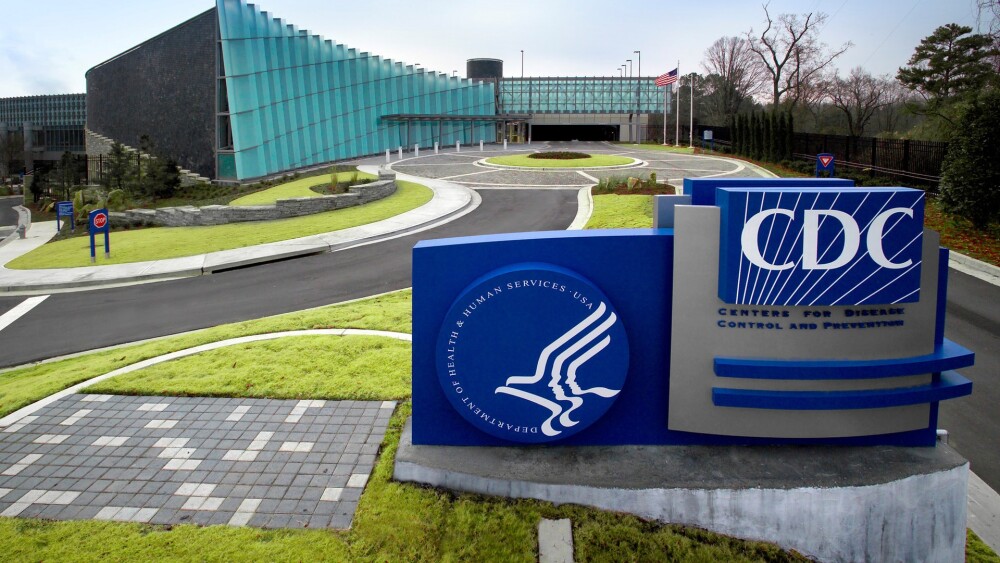Researchers have found that the use of a cell phone technology-based polytherapeutic that delivers white noise can improve symptoms for people suffering from tinnitus.
Researchers from the University of Auckland have found that the use of a cell phone technology-based polytherapeutic that delivers white noise can improve symptoms for people suffering from tinnitus.
The ringing, buzzing or whistling noise associated with tinnitus, noises that no one else can hear, can be disruptive to one’s life. There have been multiple attempts to develop therapies for tinnitus, but so far, none have been approved in the United States. Now, researchers from New Zealand believe they may have found a solution where others have failed.
The approach includes using an app on a mobile device, as well as “Bluetooth bone conduction headphones, neck pillow speaker and a cloud-based clinician dashboard” that enables messaging and app personalization, according to the study methodology. In a study of 61 patients, the participants were randomized 1:1 to use the prototype of the digital polytherapeutic or a self-help app available on mobile devices that produced white noise.
Prior to the use of the technology, a patient is screened by an audiologist who develops a personalized treatment plan for each patient. The plan combines a range of digital tools that are based on the patient’s experience with tinnitus.
The research team reported that patients who used the digital polytherapeutic saw “clinically significant improvements” in 12 weeks compared to those who used the white noise app. The research team said their digital polytherapeutic “rewires the brain” to de-emphasize the sounds associated with tinnitus. The rewiring turns the ringing or buzzing into a kind of background noise that “has no meaning or relevance to the listener,” Grant Searchfield, an associate professor in audiology at the university, told Neuroscience News.
“Earlier trials have found white noise, goal-based counseling, goal-oriented games and other technology-based therapies are effective for some people some of the time,” Searchfield told the publication. “This is quicker and more effective, taking 12 weeks rather than 12 months for more individuals to gain some control.”
Study results have been published in Frontiers in Neurology.
Phil Sanders, another research team member, expressed his excitement for the patients who saw improvements. For many participants, Sanders said tinnitus had been “taking over their lives or attention.”
For the New Zealand team, the next steps include refining their prototype and running larger clinical studies that could lead to potential regulatory approval in the U.S. and elsewhere.
Tinnitus is a common issue that affects more than 50 million people in the U.S.. Unlike cancer or Parkinson’s disease, tinnitus isn’t a disease. Instead, it’s the symptom of other medical issues, although the exact cause is unknown. Healthcare providers believe the problem is caused by abnormal activity in the parts of the brain responsible for processing sound, the Cleveland Clinic reports.
There is no drug for tinnitus, although some have tried to develop one. In 2018, Auris Medical saw its Phase III tinnitus treatment Keyzilen fail to meet endpoints. It was the second time the therapy failed in the clinic.
Elon Musk is also looking at tinnitus. The entrepreneur who helped launch Neuralink has been developing a brain-computer interface that has applications in multiple areas, including tinnitus. In addition to tinnitus, Musk hopes the neural lace technology may provide people with severe spinal cord injuries the ability to use computers with only their brains. However, before either of these applications can be tested in humans, Neuralink will have to enter the clinic.





